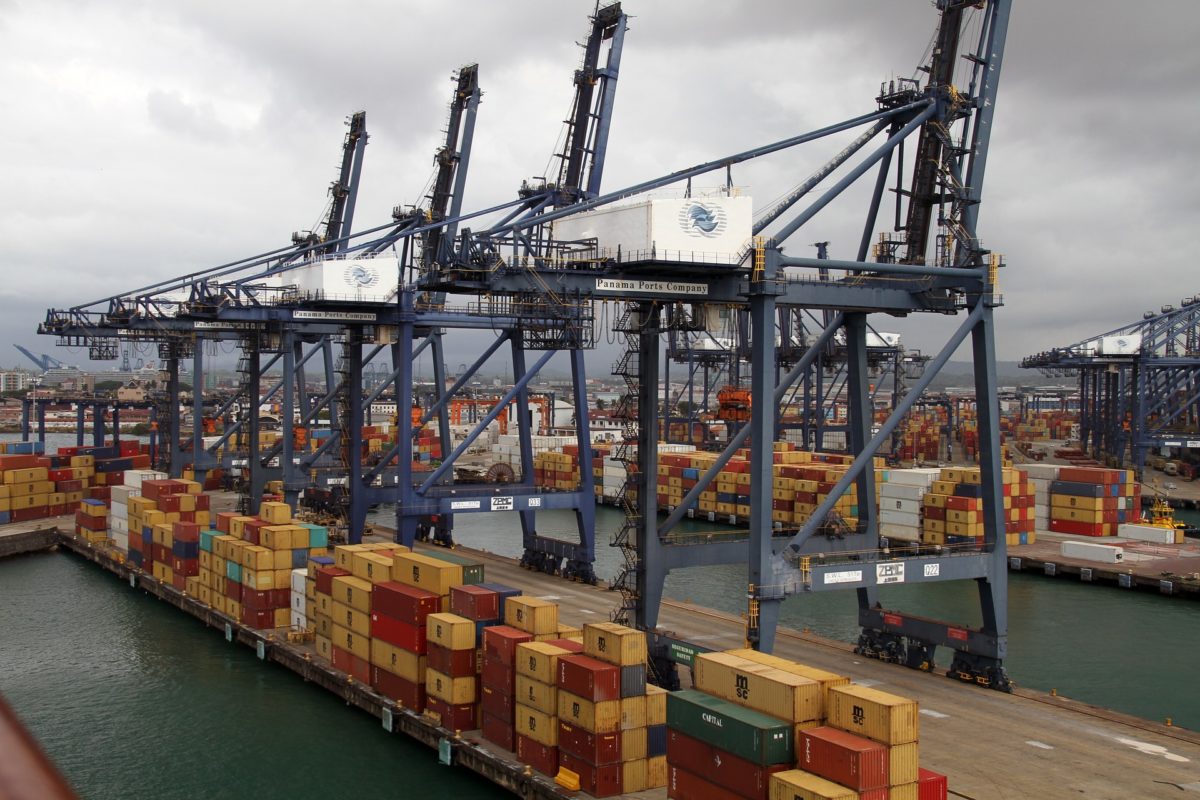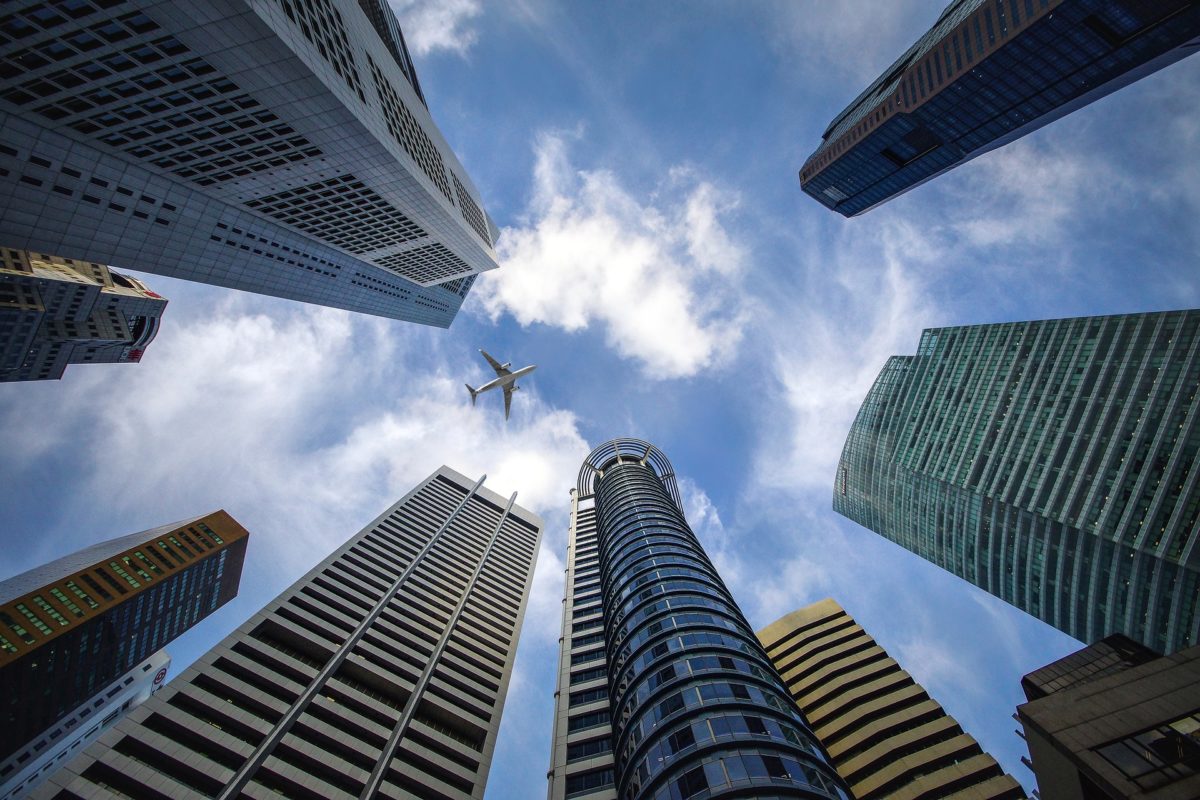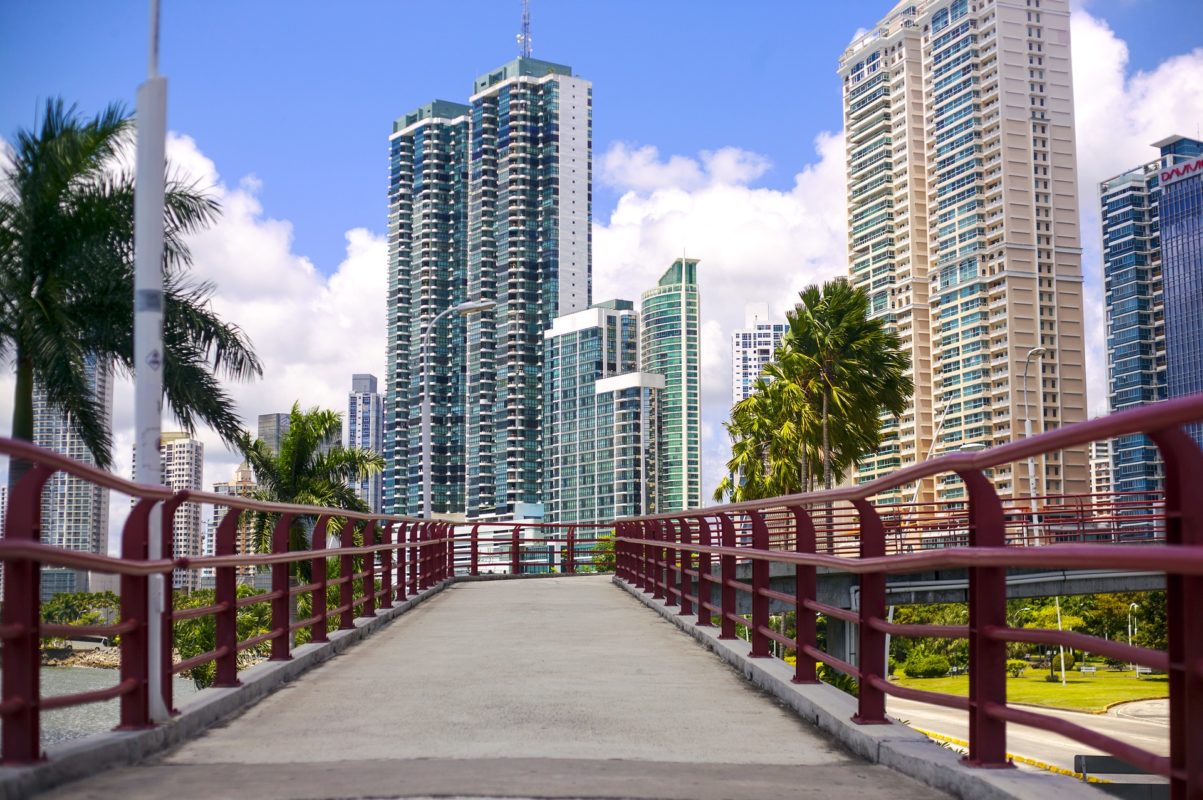No products in the cart.
Panama
The economy of Panama
If we speak of stable economies, the economy in Panama is considered one of the most solid in Latin America, to the point that an economic growth of 6.3% is expected for 2019, which has a direct impact on human development and quality of life of its inhabitants. Its vast activity in the services sector puts this small country of only 75,420 km2 and a population of about 4 million inhabitants, among the favorite alternatives for national and international investors.

Development
Hence, Panama supports its socio-economic development in a significant foreign investment, which is located in its famous Panama Canal, a fundamental pillar for the economic development of the three sectors of the economy. Thus, this approximately 65-kilometer long canal, which connects the Caribbean Sea with the Pacific Ocean, serves as the fundamental base of international trade that generates many currencies to this great country.
In this sense, the economy in Panama is developed according to a series of fundamental economic activities, which activate sufficient mechanisms so that there is a flow of resources and income to generate progress and welfare for its inhabitants. Next, we will describe the activities developed according to the basic sectors of the economy:
Primary activities:
In this sector there is an underdeveloped agriculture, because this country has adverse weather conditions, which cause frequent rains, so most food products are imported. However, this sector is reinforced by the exploitation of mining resources, which together contribute to only 4.1% of the gross domestic product (GDP).
Secondary sector activities:
This type of activities represent 16.7% of GDP, and this group includes the processing of resources such as gold, silver, copper and molybdenum. In addition, we find the construction industry booming in recent decades, because it has been favored by real estate, tourism and commercial development.
In this sector we also find the industry dedicated to the processes of grinding and assembly of ships, which has been increased by the demands of foreign markets. The chemical industry, the production of cement and oil are also very important.
Activities of the tertiary sector:
This sector is directly related to services, which represent 79.2% of GDP, being considered as the backbone of the economy in Panama, and where banking, tourism, hotels, real estate projects, retail sales and transportation.
Among the services that stand out in this sector are financial, tourism and logistics services, which are 75% of GDP; and for which Panama is considered a global center for business and global banking, where the development of global trade and the opening of international markets become a basic and elementary element to achieve the socio-economic objectives that pose at a governmental and private level, and in the end, translate into benefits for the population, which at the moment hosts a significant number of immigrants from several countries. It should be noted that in 2016, Panama ranked 66th among the countries with greater economic freedom and, for that same year, ranked 68th in the World Innovation Index.

In addition, it takes the fourth place in the human development index in Latin America, which is why its inhabitants have a positive level of quality of life; that motivates its population to continue to develop and have an attitude of constant progress, which is taking over the collective unconscious, a fact that is very important within the culture of any country that desires the development and well-being of all its inhabitants.
So, if you are an investor who wants to open up your horizons and set new challenges, you should consider thinking about the economy of Panama as a foundation for the new projects that will find, in this country, the conditions and security they require for their new economic ventures.


 Español
Español